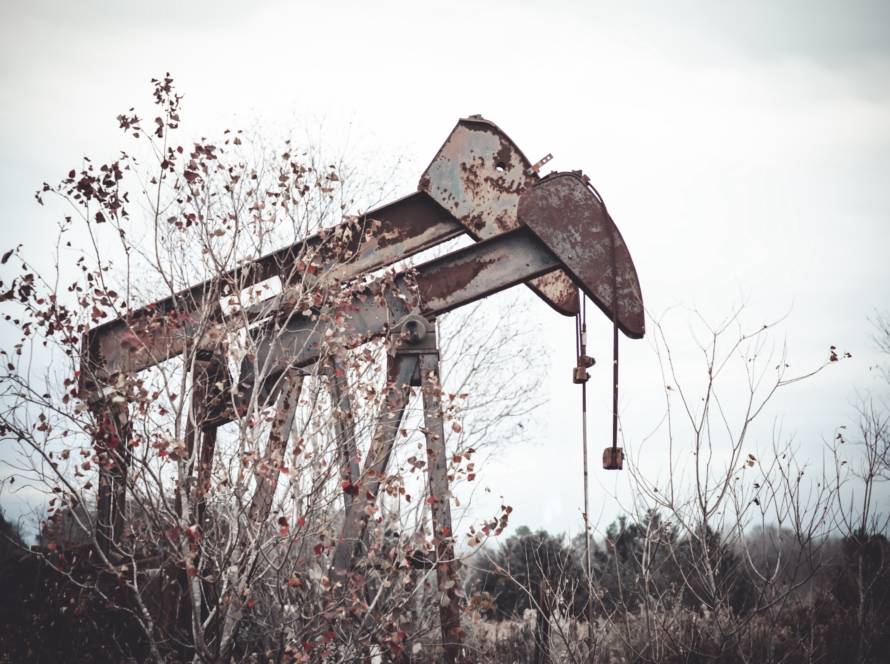What is an asset retirement obligation (ARO)?
This is the legal liability that a company carries on its balance sheet to cover the costs of retiring an asset. In an oil and gas asset, this includes decommissioning the well by properly plugging it downhole, removing surface equipment, and reclaiming the area back to its natural state or as regulatory agencies require.
What is an orphan well?
An orphan well no longer has a company that is responsible for its cleanup or closure. When a company goes bankrupt, non-producing wells left on the balance sheets become orphaned and are wards of the state. Ultimately, cleanup responsibility is passed along to taxpayers.
What is an idle (or inactive) well?
An idle oil or gas well is no longer producing a product. Most states have regulations that require operators to permanently plug these wells after a certain amount of time. Idle well is typically a category of inactive well.
What is a plugged well?
A plugged well has been filled, typically with cement, to ensure that hydrocarbon-bearing zones are isolated, and aquifers are protected. The well is disconnected from all pipelines or surface equipment. This process is commonly known as plugging and abandonment, or P&A. The term “abandoned” refers to a company no longer considering the well an asset.
What is an abandoned well?
Typically, the term is synonymous with an orphan well. In some states the term is used to refer to long-term idle wells.
Why are AROs in the oil and gas industry underfunded?
Companies have a legal obligation to pay for the retirement of an asset (such as an oil and gas well) at the end of its useful life and to declare this as a liability on their balance sheet. However, they are not required to have funds specifically dedicated to the costs of retiring the asset.
Why care about orphan wells?
Inactive oil and gas wells emit a massive, unknown amount of fugitive methane emissions and have the potential to contaminate subsurface aquifers, soil, and waters. The U.S. Environmental Protection Agency (EPA) estimates that unplugged wells release roughly 280,000 metric tons of methane each year (Source), but the true volume of methane being emitted by these wells has yet to be measured. Methane is 34 times more potent than CO2, and emissions of methane from unplugged wells create significant health, safety, and environmental issues. Our families and our children will have to deal with the repercussions of climate change, and unless a public/private solution is developed, they will also be saddled with the cost of plugging these wells.
What’s The Status of State Funding of Orphan Well Cleanup?
States are liable for orphan wells, including proper plugging and surface restoration. Orphan well programs are typically funded by bonds, permitting fees, and/or a conservation tax. These programs have very different results in different states. From 2016-2020, Pennsylvania plugged only 59 of their 8,000+ orphan wells. In contrast, Texas plugged over 6,800 wells in the same time period, yet the state’s orphan well count was only reduced by 77 wells from 2018-2019, indicating that wells are continuing to fall into orphan status[1].
Currently, bonds cover less than 5% of expected asset retirement funding requirements in most states. Bonds do not designate a party responsible for plugging and abandonment (P&A), nor do they fund the actual process. Bonds can only be collected by a state once a well has been classified as an orphan (i.e., no solvent operator) and plugging work has been performed, creating a funding gap for the state and posing significant financial challenges to states with a large number of orphan wells. For an operator, bonds represent cash that is not readily available to cover plugging costs; therefore, increased bonding will likely only further encourage operators to abandon (orphan) their wells to the state rather than properly plugging them. Increased bonding further expands a burdensome legal process rather than encouraging P&A best practices, as evidenced by the fact that the inventory of unfunded inactive wells has been building for over a century, even with bonds in place.
Orphan well funds exist to address liabilities left to the state; however, they will do nothing to prevent existing and future wells from becoming orphaned.
With advancements in technology, wells have become more complex and more expensive to properly decommission or retire, and the gap between true cost and funds set aside for decommissioning is widening.
Until now, there has not been a solution available to help companies fully and systematically plan for the responsible retirement of their assets.
[1] Orphan well plugging counts from TX and PA were provided via email. Orphan well counts taken from 2020 IOGCC report (source).


